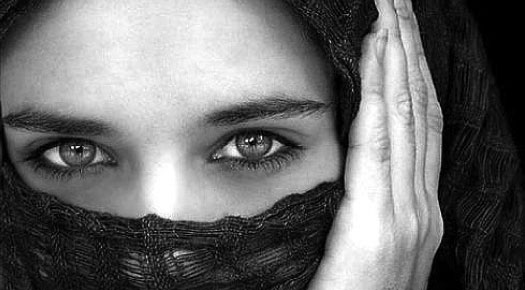
The unexpected appearance of a female anchor without a headscarf on Saudi Arabia’s state television has led to widespread outrage in the highly conservative Islamic country. The unnamed newsreader, who used to always wear a hijab, as revealed in video clips that went viral online, was seen reading a bulletin without a veil, for the channel Al Ekhbariya from its British studio in London. This did not go down well with conservative Saudis who abide by a strict Islamic dress code that requires women to dress modestly – which refers to them wearing headscarves, veils or complete abayas.

While women have been seen without headscarves in certain programs aired by state-controlled channels, newsreaders have never been known to appear that way.
Saudi Radio and Television spokesperson, Saleh Al Mughailif, clarified to the local media that the concerned correspondent was excused from wearing a headscarf since she was reading the bulletin from the channel’s British studio.
“She was not in a studio inside Saudi Arabia and we do not tolerate any transgression of our values and the country’s systems,” he said.
However, he reassured his viewers that such an incident would not be repeated in the future, considering how it can lead to similar outrage.
Al Ekhbariya has offices in Europe as well as America apart from the Middle East, and it is known for its promotion of female anchors, after the channel had its maiden broadcast presented by the country’s first female newsreader in 2004. Social networks across Saudi Arabia commented on the uncommon sight of an unveiled woman reading the news – while some criticized it as a transgression of national traditions, others pointed out that a minor issue was being blown out of proportion.
Women who refuse to abide by the standard Islamic dress code in Saudi Arabia are likely to be convicted of blasphemy, adultery, apostasy or witchcraft, which can draw punishments like lashes, hanging and even beheading. Saudi society has been divided over the issue of women’s rights, with the government encouraging women to employ themselves in private sectors, against strong opposition from more conservative groups. Different parts of the country have different definitions of what is acceptable in terms of dress code. While women mostly wear the niqab (a full veil) in Riyadh, they opt for the more relaxed hijab (a headscarf) in Jeddah.
Photo Credit: Flickr
